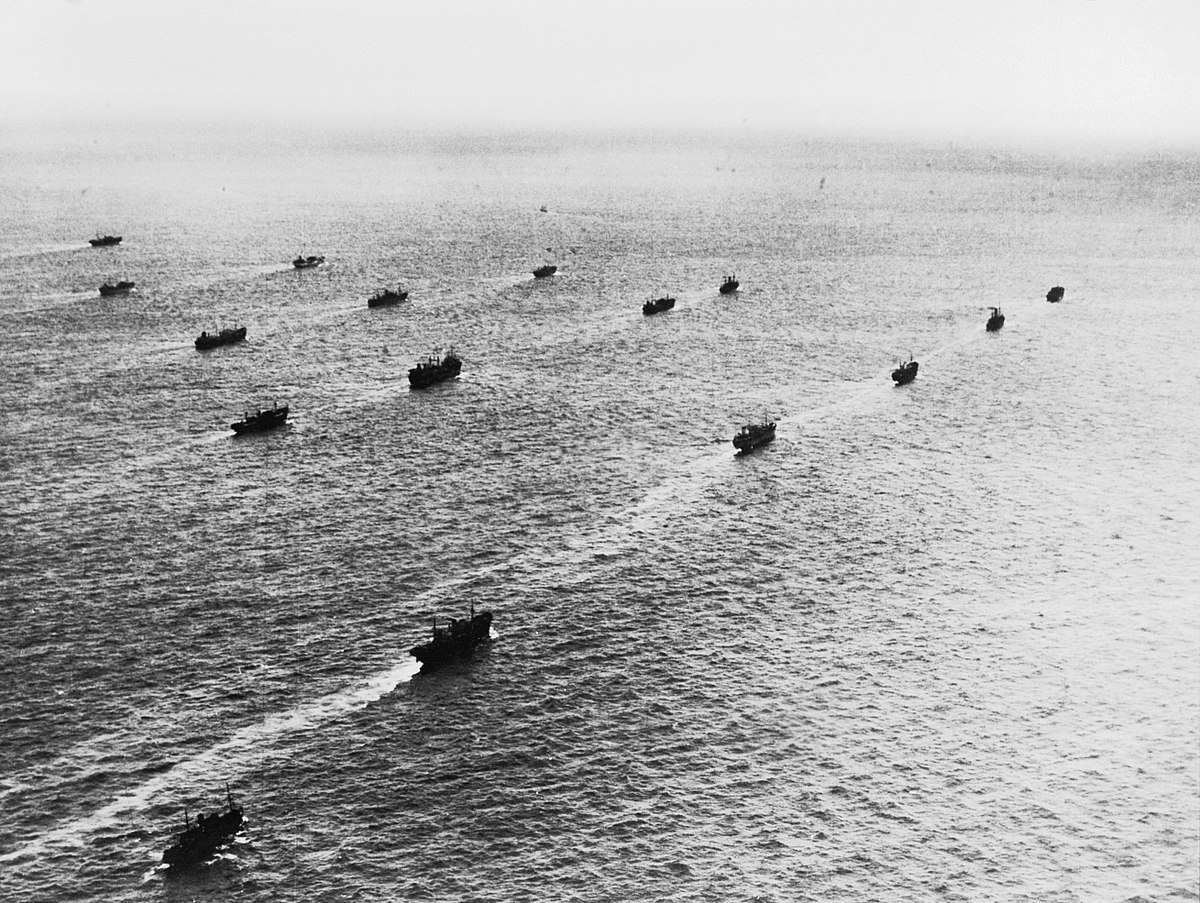Admiral Beez
Major
Is there anything Britain could have done between the wars to better prepare the RAF and RN to tackle the ASW needs of 1939-41?
The RN was working on the issue, Sonar - Wikipedia
"The British tested their ASDIC on HMS Antrim in 1920 and started production in 1922. The 6th Destroyer Flotilla had ASDIC-equipped vessels in 1923. An anti-submarine school HMS Osprey and a training flotilla of four vessels were established on Portland in 1924."
The RN was working on the issue, Sonar - Wikipedia
"The British tested their ASDIC on HMS Antrim in 1920 and started production in 1922. The 6th Destroyer Flotilla had ASDIC-equipped vessels in 1923. An anti-submarine school HMS Osprey and a training flotilla of four vessels were established on Portland in 1924."


